17 Cool-Weather Crops That Thrive in Fall Soil
Fall is the perfect time to plant cool-weather crops that thrive in the crisp soil and cooler temperatures. Whether you’re a seasoned gardener or just starting, fall offers ideal conditions for growing a variety of vegetables. From leafy greens like kale and spinach to hearty root vegetables such as carrots and beets, these crops are both easy to grow and highly nutritious. With the right care, many of these crops can be harvested well into the fall and even early winter.
This post may contain affiliate links, which helps keep this content free. Please read our disclosure for more info.
Kale
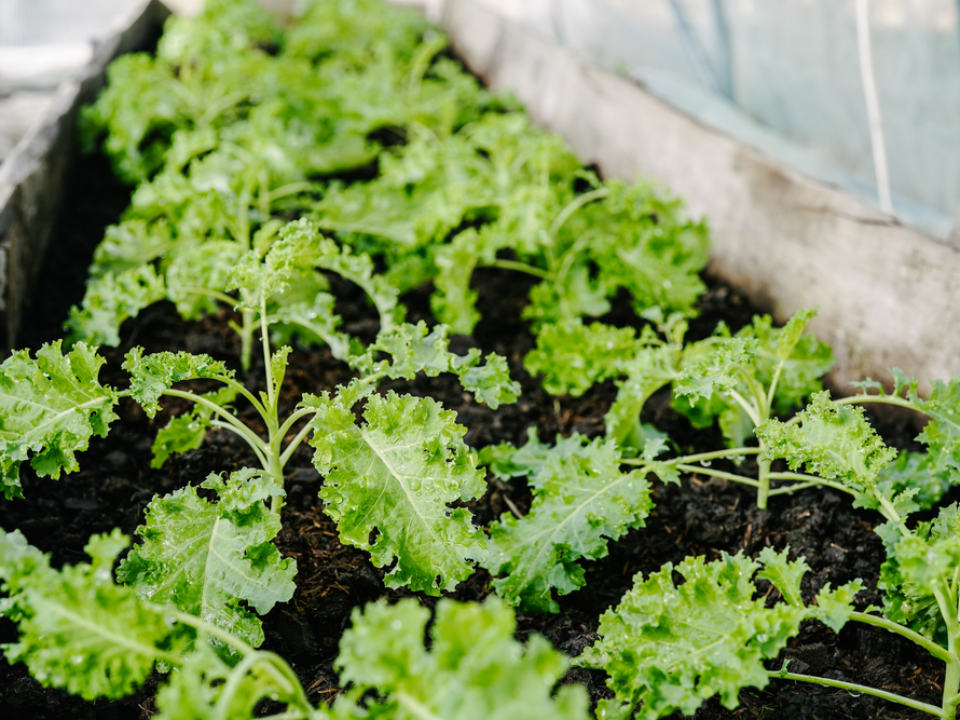
Kale is a hardy green that thrives in cooler weather, making it perfect for fall planting. It can withstand frost, which often brings out its sweetness and tender texture. This leafy green can be grown in a variety of soil types but prefers nutrient-rich, well-draining soil. It grows well in temperatures between 45°F and 75°F, which aligns perfectly with fall conditions.
Once harvested, kale can be enjoyed fresh in salads or cooked in soups and stews. It’s packed with vitamins A, C, and K, making it a nutritious addition to any fall meal. Kale also provides a significant amount of fiber and antioxidants. With its fast-growing nature, kale can often be harvested within 30 to 60 days, making it ideal for the fall garden.
Spinach
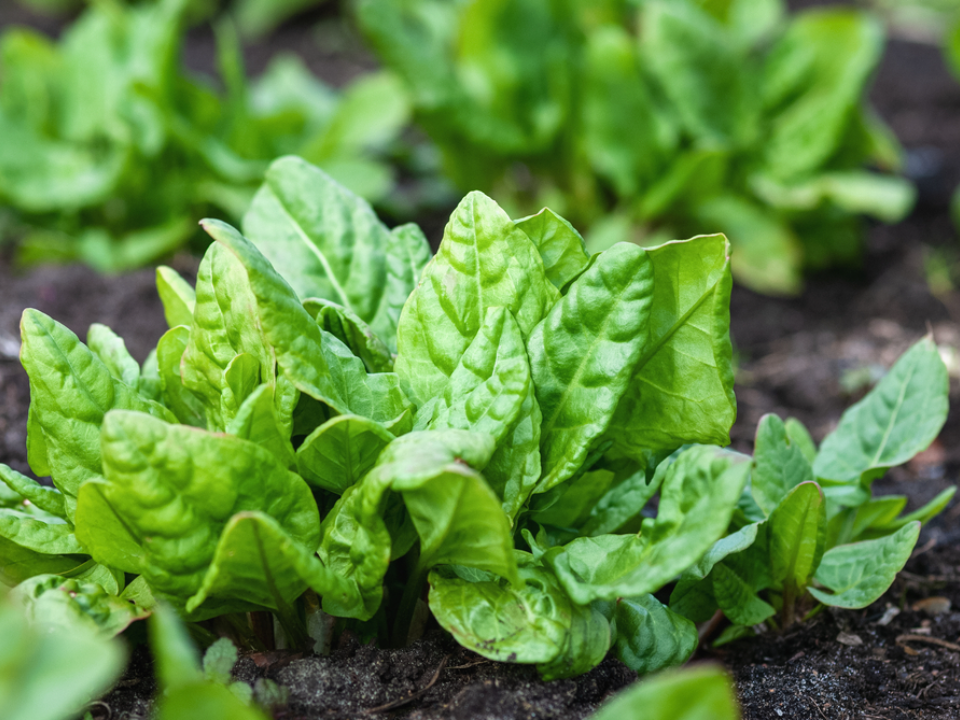
Spinach is another cool-weather favorite, known for its ability to thrive in the fall soil. This leafy green grows quickly and is rich in iron, folate, and vitamins A and C. Spinach thrives in temperatures between 50°F and 60°F and performs best when the soil is kept moist but well-drained. It’s a perfect addition to any fall garden because it can handle light frost without losing its flavor or texture.
Spinach is incredibly versatile, often used in salads, soups, and as a cooked vegetable. When planting in fall, ensure that spinach receives adequate sunlight, as it helps the plant grow vigorously. It’s also known for its high levels of magnesium and other minerals, supporting bone health and overall wellness. Spinach can be harvested as early as 40 days after planting, making it an ideal crop for fall.
Carrots
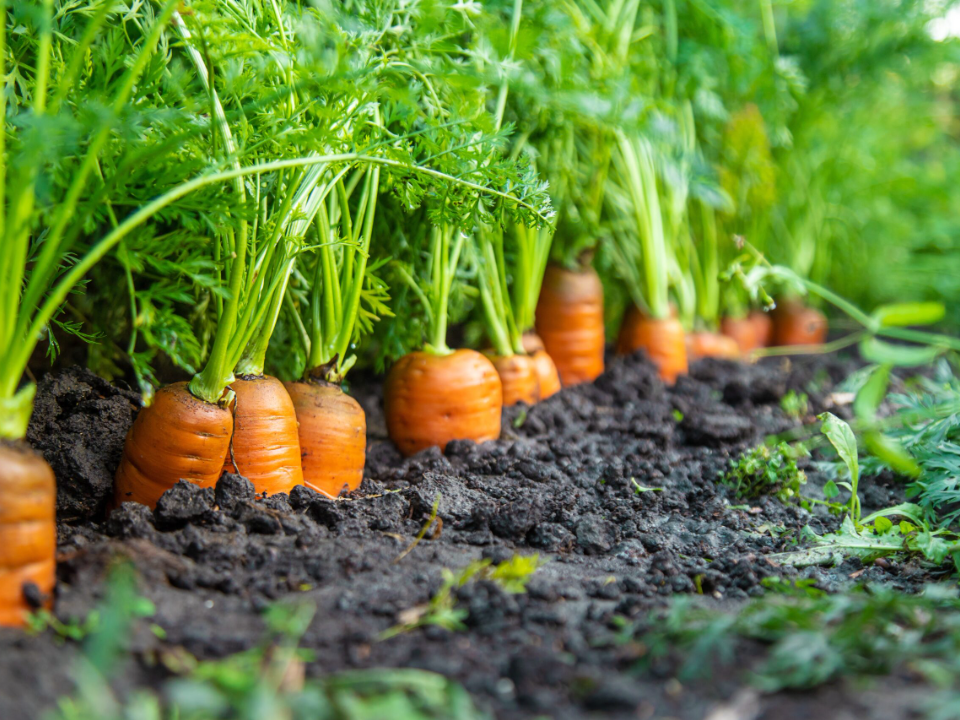
Carrots are a root vegetable that thrives in fall soil, especially when temperatures start to drop. They grow best in well-tilled, loose soil that allows their roots to expand freely. Fall planting allows carrots to mature during the cooler months, which results in sweeter, more flavorful roots. Carrots are typically planted in late summer to early fall, with optimal growing temperatures between 55°F and 65°F.
These orange roots can be used in a variety of dishes, from soups and stews to roasted vegetable medleys. They are rich in beta-carotene, which is beneficial for eye health, and they also provide a good amount of fiber and antioxidants. Carrots generally take 70 to 80 days to reach maturity, making them a reliable crop for the fall garden. They can be harvested throughout the fall season, providing fresh, crunchy vegetables for your kitchen.
Broccoli
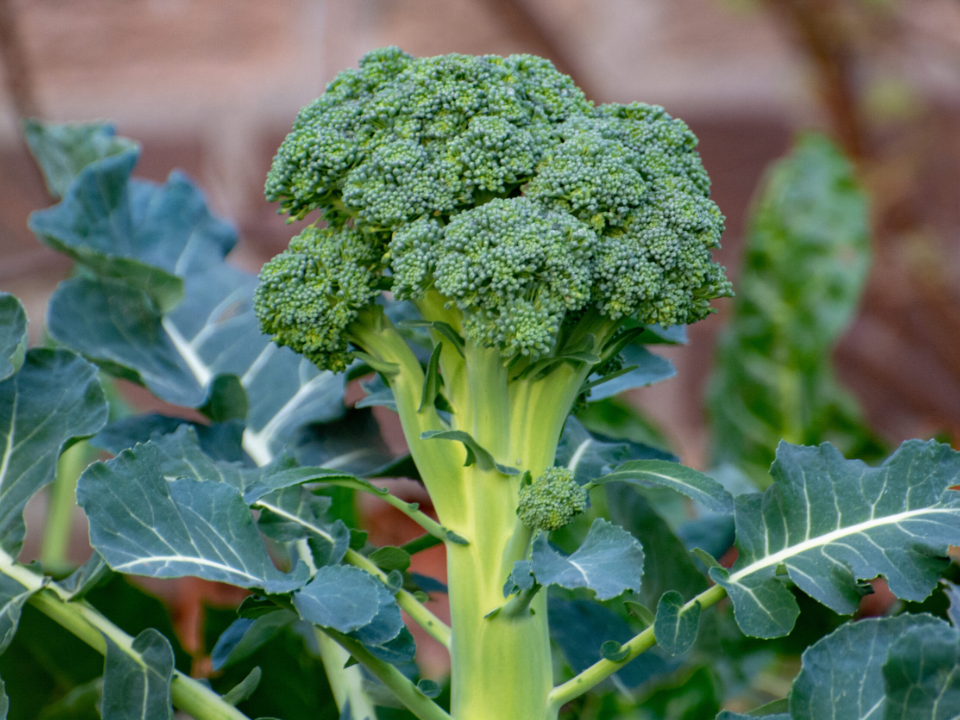
Broccoli is a cool-weather crop that thrives in fall, benefiting from the cooler soil and mild temperatures. It prefers well-drained, fertile soil and grows best when temperatures range from 60°F to 70°F. As the weather cools, broccoli becomes sweeter, and its flavor deepens. Fall planting allows the plant to develop sturdy heads and strong stalks, which are perfect for harvesting before the first heavy frost.
This vegetable is rich in vitamin C, calcium, and iron, making it an excellent choice for boosting your immune system. Broccoli can be used in salads, stir-fries, or roasted for a delicious side dish. The plant usually takes around 85 to 100 days to reach full maturity, but you can start harvesting side shoots after the main head is cut. With proper care, broccoli can provide multiple harvests throughout the fall season.
Brussels Sprouts
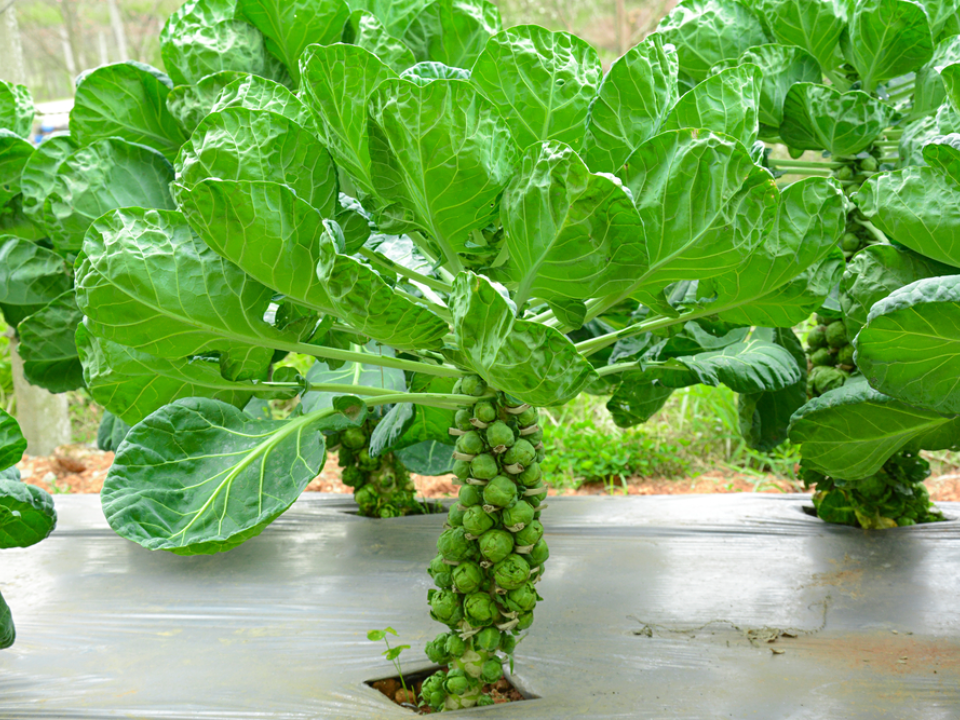
Brussels sprouts are perfect for cool weather and thrive in fall soil, especially when planted in late summer. These mini cabbage-like vegetables grow best in rich, well-draining soil with a pH of 6.5 to 7.0. They need consistent moisture and moderate temperatures between 60°F and 70°F for optimal growth. When grown in cooler weather, Brussels sprouts develop a sweeter, less bitter flavor.
Brussels sprouts are known for their health benefits, being high in vitamins K and C, as well as fiber. They can be used in a variety of dishes, from roasted Brussels sprouts with garlic to a stir-fried veggie mix. After planting, Brussels sprouts take 90 to 110 days to mature. The plant continues to grow during fall, producing small cabbage-like heads that are ready for harvest after a light frost.
Beets
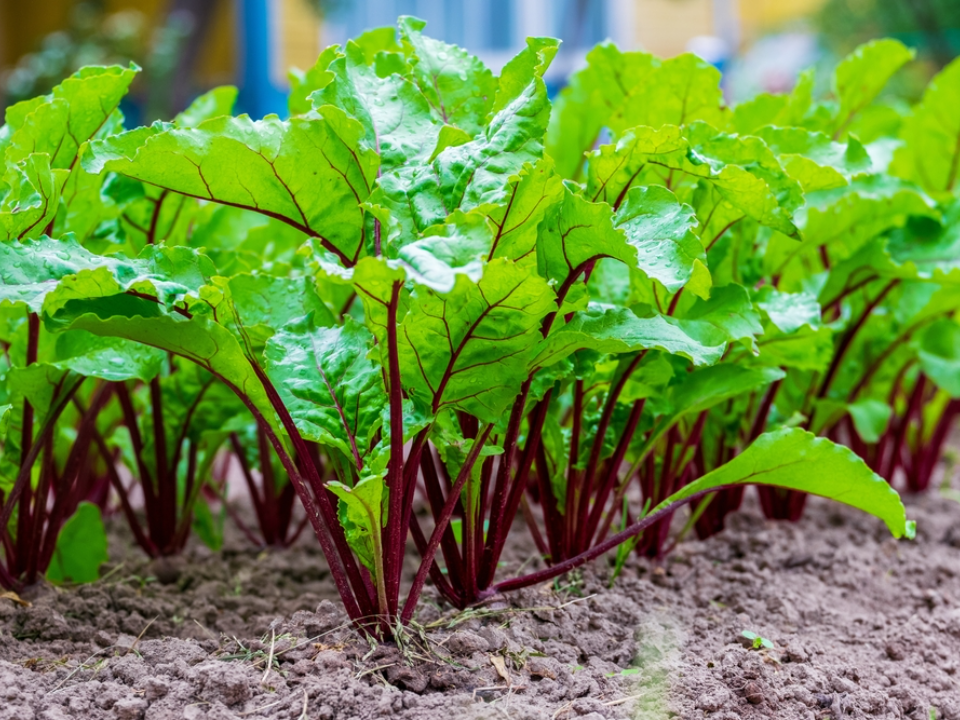
Beets are an excellent choice for fall planting, as they thrive in cool soil and cooler temperatures. Beets grow best in loose, fertile soil that allows their roots to expand. They prefer temperatures between 50°F and 60°F, which are perfect for the fall growing season. Beets can be direct-seeded into the soil and will mature in approximately 50 to 60 days, making them a quick-growing crop.
Once harvested, beets can be enjoyed in a variety of ways, including in salads, roasted, or pickled for preservation. They are rich in folate, manganese, and antioxidants, contributing to heart and liver health. The beet greens are also edible and packed with nutrients, making this crop an all-around beneficial addition to your garden. Beets are hardy in the fall, continuing to grow even after a light frost.
Radishes
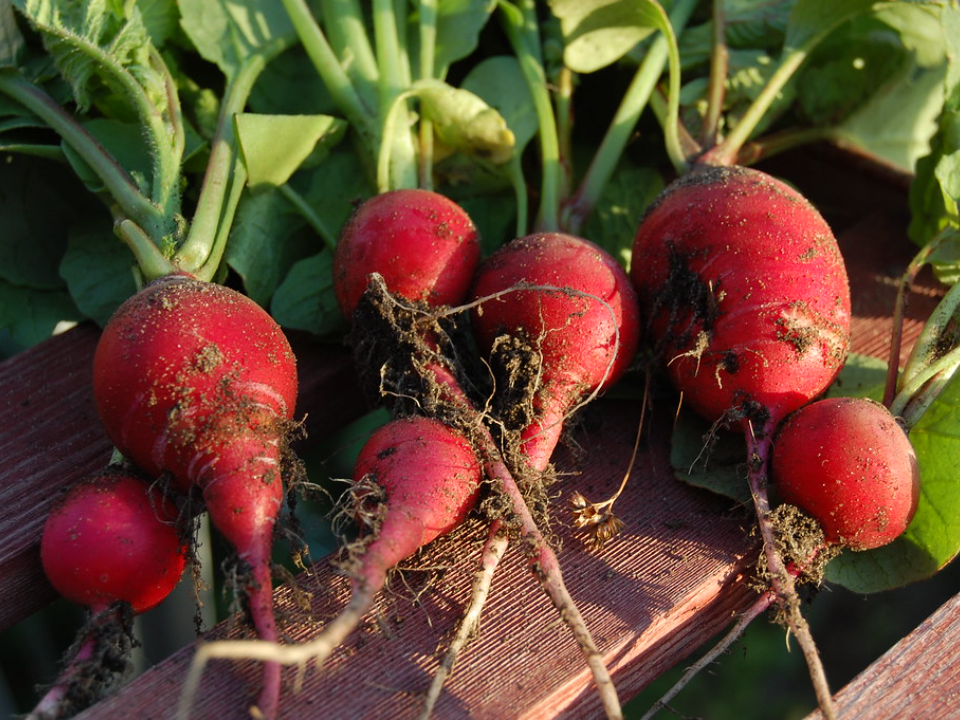
Radishes are a fast-growing, cool-weather crop that can thrive in fall soil. They prefer loose, well-draining soil and grow best when temperatures range from 50°F to 60°F. Radishes mature quickly, often within 25 to 30 days, making them an ideal crop for the fall garden. Their crisp texture and mild flavor make them a perfect addition to salads and slaws.
Radishes are packed with vitamin C, antioxidants, and fiber, supporting a healthy immune system and digestive health. They can be harvested once their roots reach a desirable size, making them a low-maintenance crop. Radishes can also handle light frost, which enhances their flavor and texture. Their fast-growing nature makes them an excellent option for fall, allowing you to enjoy a fresh harvest before the season ends.
Lettuce
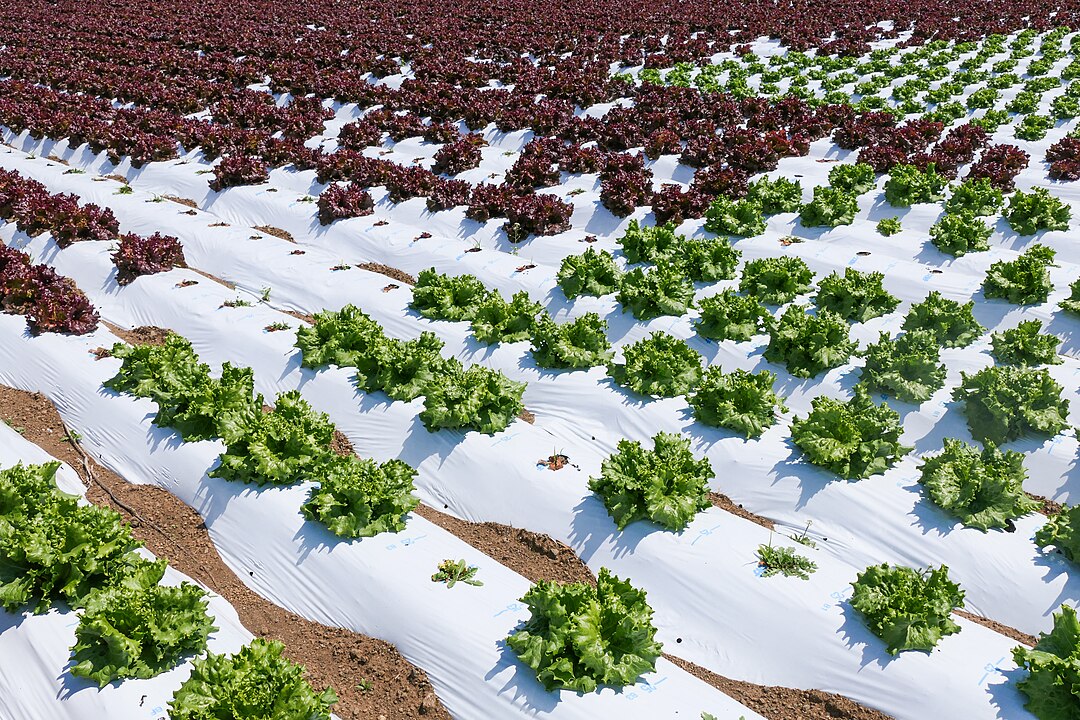
Lettuce is another crop that thrives in cool weather and is perfect for fall gardens. It prefers rich, well-drained soil and does best when temperatures are between 45°F and 60°F. Lettuce grows quickly, often maturing in 30 to 45 days, making it a great option for a quick harvest during the cooler months. Fall planting allows the lettuce to grow without the risk of summer heat, which can cause it to bolt or become bitter.
Lettuce is low in calories and rich in vitamins A and K, making it a healthy option for salads and sandwiches. It is also hydrating, with a high water content that helps keep you refreshed during fall. Lettuce comes in various varieties, from crisp romaine to tender butterhead, allowing you to enjoy a range of textures and flavors. It can be grown as a head or in loose-leaf form, depending on your preference.
Swiss Chard
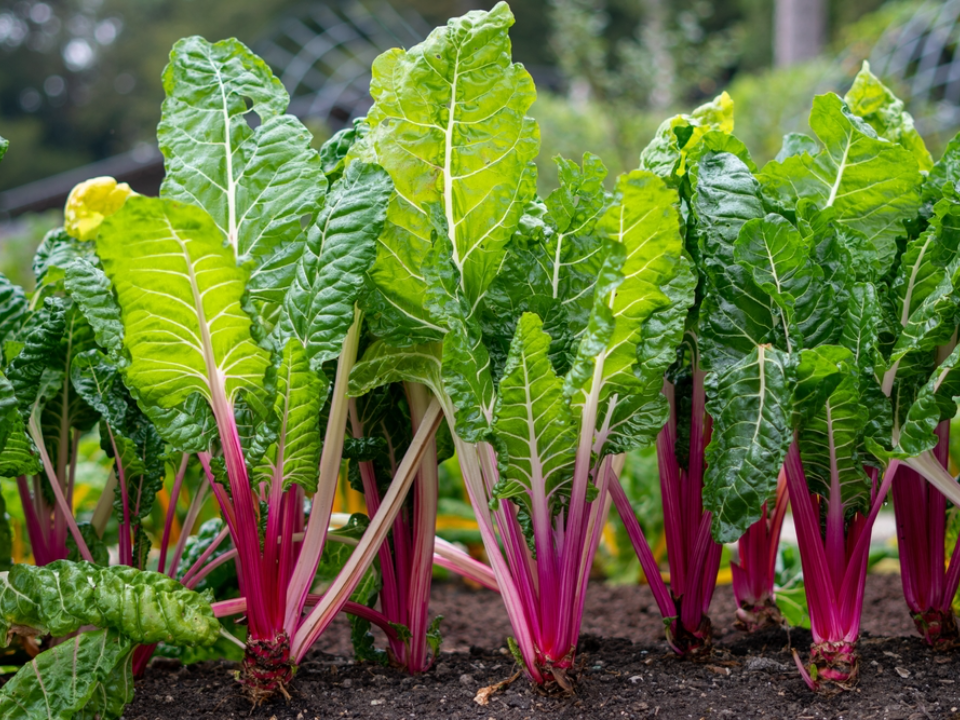
Swiss chard is another cool-weather crop that flourishes in fall soil. It is a hardy green that can tolerate light frost, making it ideal for fall gardens. Swiss chard grows best in moist, well-drained soil with a pH between 6.0 and 7.0. It thrives in temperatures between 55°F and 70°F, with cooler weather enhancing its sweetness and tenderness.
Swiss chard is rich in vitamins A, K, and C, as well as fiber and minerals like iron and magnesium. Its vibrant green leaves and colorful stems add a pop of color to your fall garden. It can be sautéed, added to soups, or eaten raw in salads, offering versatility in the kitchen. Swiss chard is a great option for fall as it can grow continuously, providing fresh greens well into the colder months.
Turnips
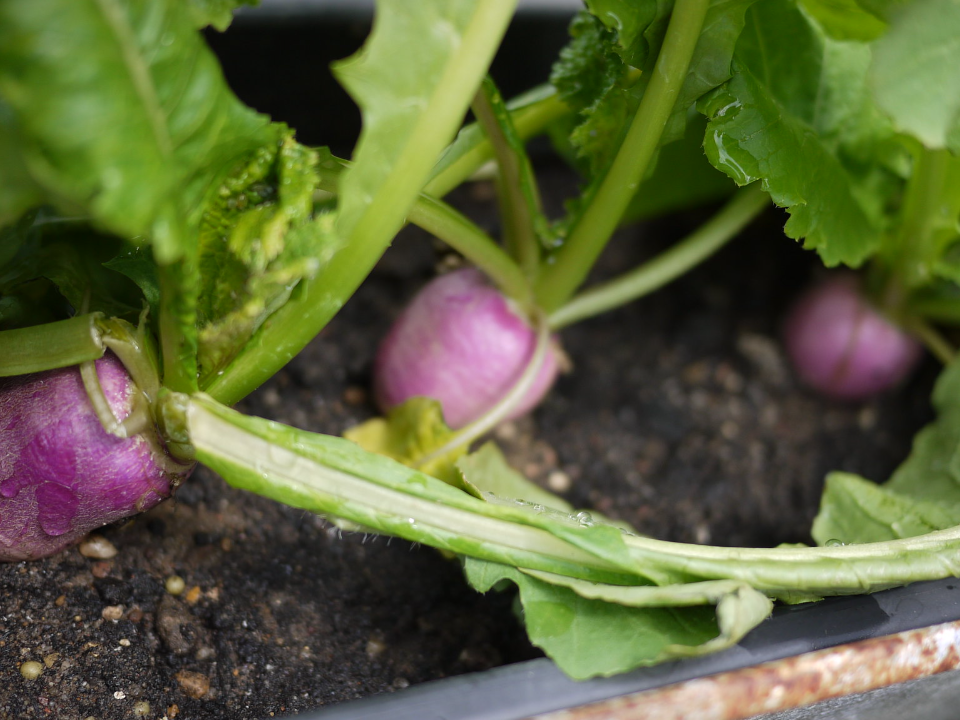
Turnips are a root vegetable that grows exceptionally well in fall, especially when planted in the cooler soil. They thrive in temperatures between 45°F and 65°F, making them an ideal choice for fall gardens. Turnips grow best in fertile, well-draining soil, and their roots can be harvested in about 60 days. The cool fall temperatures help to prevent them from becoming too spicy or tough, resulting in a sweeter, milder flavor.
Both the roots and the greens of turnips are edible. The roots can be roasted, mashed, or added to soups, while the greens are rich in vitamins A and C and can be sautéed or used in salads. Turnips are low in calories but high in fiber, making them a great option for healthy meals. They are also packed with antioxidants, contributing to improved overall health. This crop is easy to grow and provides a reliable harvest in the fall months.
Mustard Greens
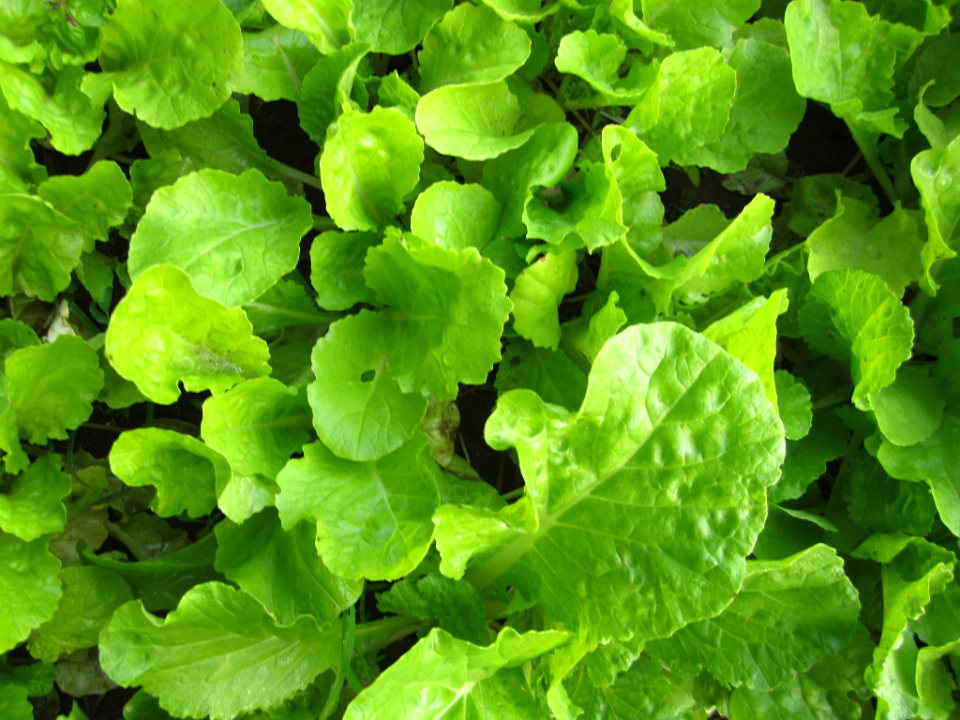
Mustard greens are another cool-weather crop that thrives in fall soil. They grow best in temperatures between 50°F and 60°F, making them perfect for fall gardens. Mustard greens prefer well-drained, slightly acidic soil and can tolerate a light frost, which actually improves their flavor. These greens grow quickly, with a harvest time of around 40 to 50 days.
Mustard greens are known for their peppery, slightly spicy flavor, which adds a zesty kick to salads, stir-fries, and soups. They are packed with vitamins A, C, and K, as well as folate and calcium. These greens are also rich in antioxidants, which can help reduce inflammation and improve overall health. They are easy to grow and can be harvested multiple times throughout the fall, making them an excellent addition to your garden.
Cabbage
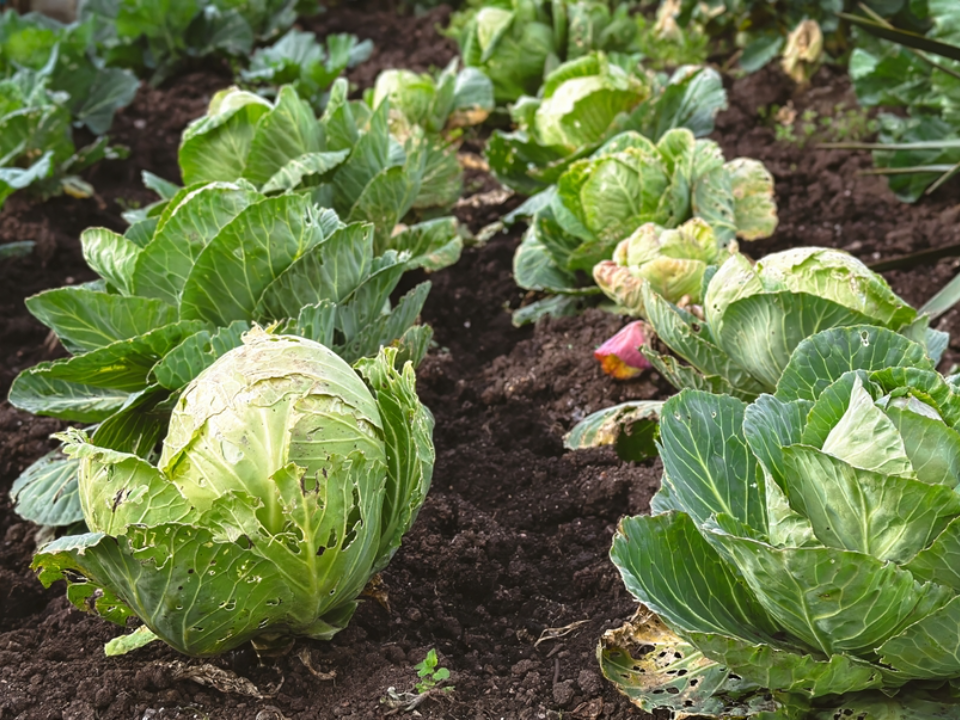
Cabbage is another excellent cool-weather crop that grows well in fall. It thrives in rich, well-draining soil and prefers temperatures between 55°F and 65°F, making it perfect for planting during the fall months. Cabbage is a hardy vegetable that can withstand light frost, which enhances its flavor by making it sweeter and more tender.
Cabbage is packed with vitamins C and K and is an excellent source of fiber. It can be eaten raw in salads, fermented as sauerkraut, or cooked in a variety of dishes. The plant typically takes 70 to 90 days to mature, but you can harvest the heads once they reach a desired size. Cabbage is also a great storage vegetable, lasting well into winter when properly stored.
Fennel
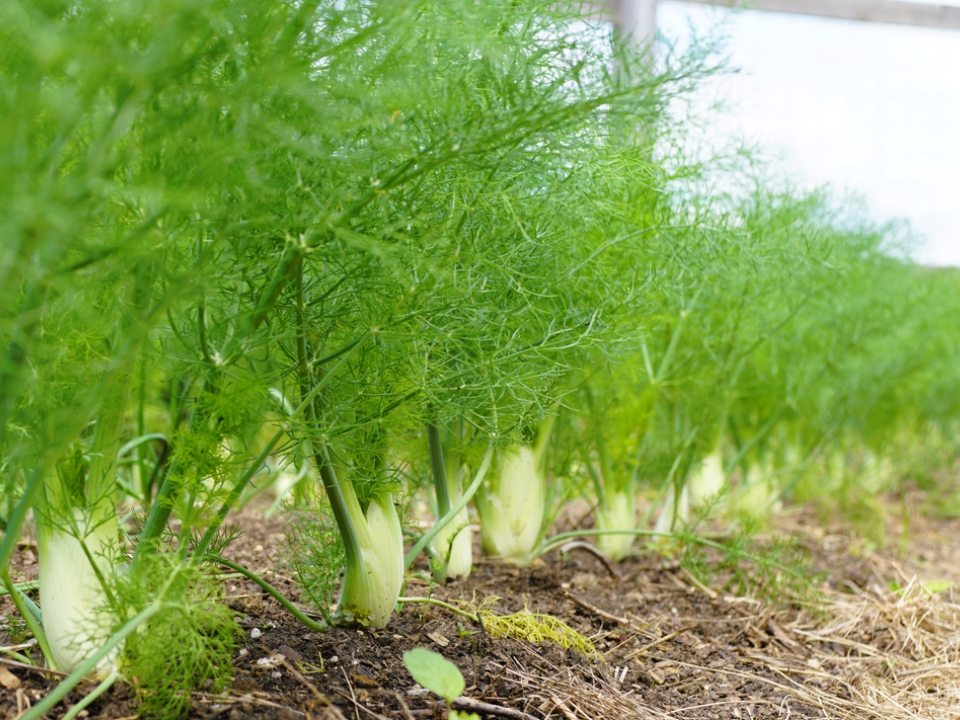
Fennel is a flavorful herb that thrives in cool weather and can grow well in fall soil. It prefers slightly acidic, well-drained soil and grows best in temperatures between 55°F and 70°F. Fennel bulbs can be harvested once they reach the desired size, and the cooler temperatures of fall contribute to a more tender texture and sweeter flavor.
The fennel plant is unique in that it provides both flavorful bulbs and aromatic fronds. The bulbs can be sliced and used in salads, roasted, or added to soups, while the fronds can be used as an herb to flavor a variety of dishes. Fennel is rich in vitamin C, fiber, and antioxidants, making it a healthy addition to any fall meal. Its versatility in the kitchen and ease of growth make it an ideal crop for fall planting.
Arugula
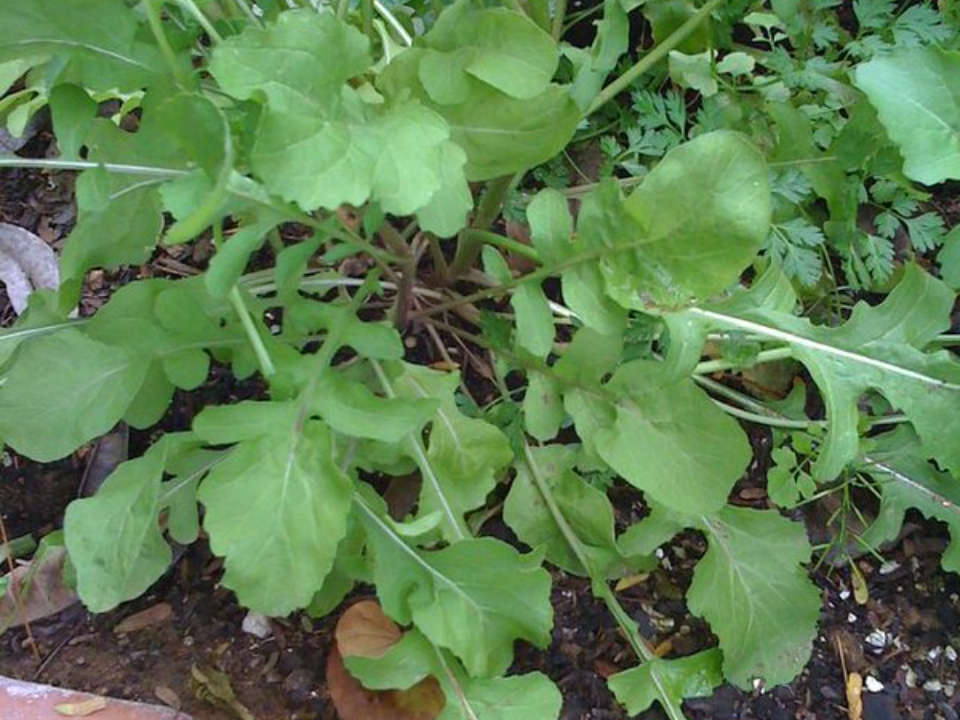
Arugula is a leafy green that grows best in cool temperatures, making it an ideal crop for fall planting. It thrives in nutrient-rich, well-draining soil and grows quickly, often ready for harvest in as little as 30 days. Arugula is well-suited to cooler weather, as the mild frost can help enhance its peppery flavor.
This green is known for its distinctive, spicy flavor and is often used in salads, sandwiches, and as a garnish. Arugula is packed with vitamins A, C, and K, as well as folate and calcium. It’s low in calories and high in antioxidants, making it a healthy choice for a variety of dishes. Arugula is also quick to grow and can be harvested multiple times, providing fresh greens throughout the fall season.
Parsnips
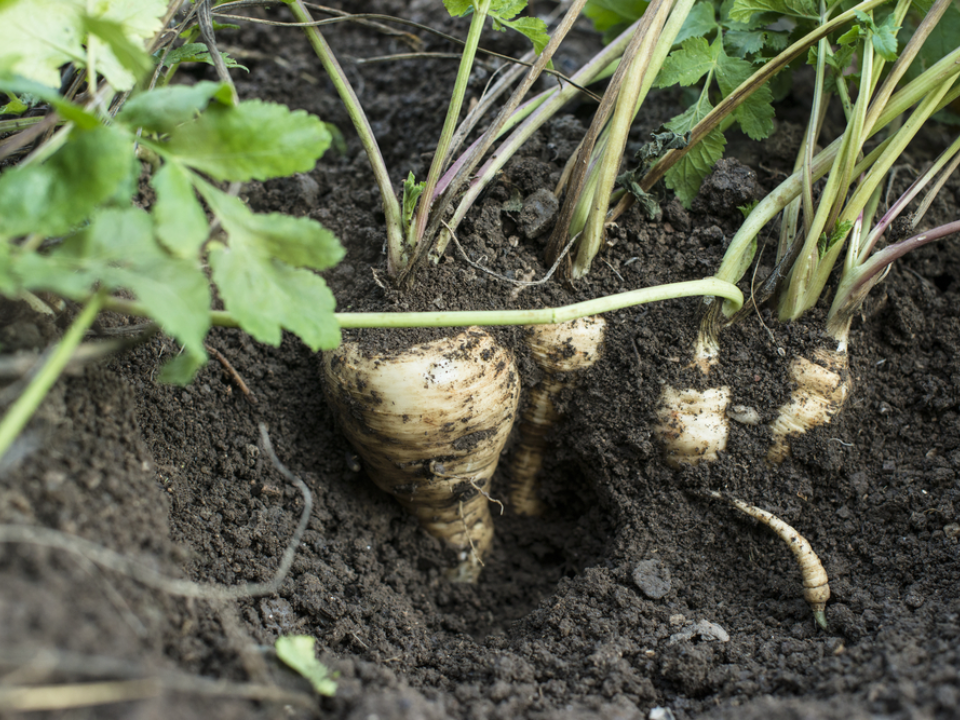
Parsnips are a root vegetable that grows exceptionally well in fall soil, especially after the first frost. They prefer loose, well-drained soil that allows their roots to develop fully. Parsnips thrive in cool temperatures between 45°F and 65°F and can grow even better with a light frost, which brings out their natural sweetness.
Parsnips are rich in dietary fiber, vitamin C, and antioxidants, making them a nutritious addition to any meal. They can be roasted, mashed, or added to soups and stews for added flavor and texture. Typically, parsnips take 100 to 120 days to mature, but the cooler weather of fall helps them grow slowly and steadily. These root vegetables are hardy and can be harvested well into the fall and even early winter.
Leeks
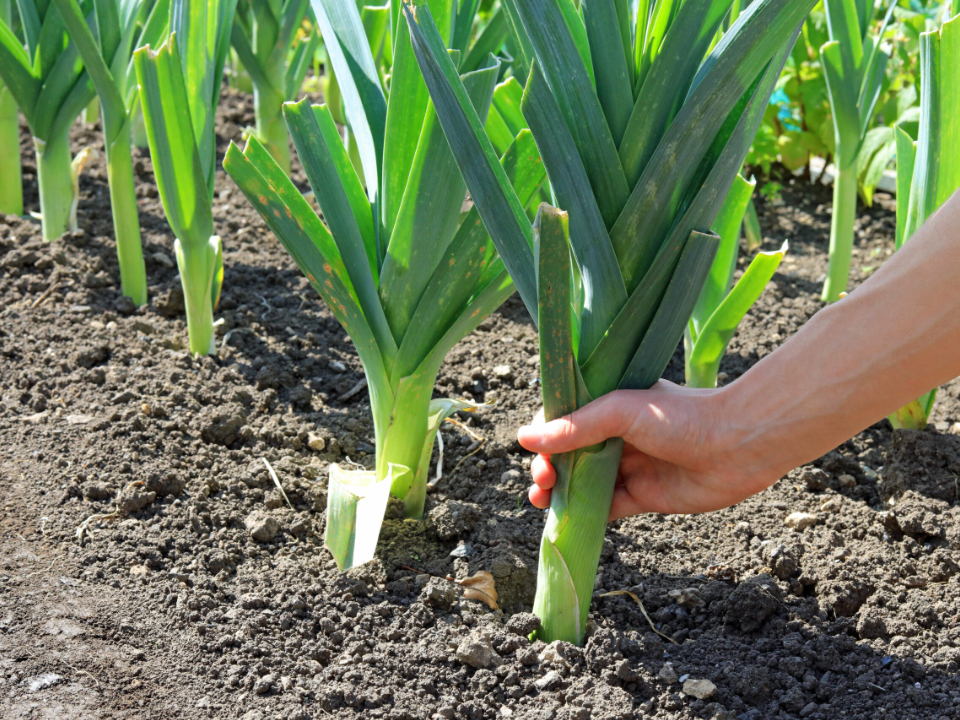
Leeks are a cool-weather vegetable that thrives in fall soil, especially when temperatures drop slightly. They grow best in well-draining, fertile soil and prefer temperatures between 55°F and 70°F. Leeks require consistent moisture and are typically harvested in the fall, just before the first heavy frost. Their long, slender stalks become sweeter and more tender when grown in the cooler fall months.
Leeks have a mild, onion-like flavor and can be used in soups, stews, or as a side dish. They are a good source of vitamins A, C, and K, as well as folate and fiber. Leeks are easy to grow and can be harvested once their stalks reach a desired size. They can be used fresh or stored for later use, making them a great fall crop for long-lasting flavor.
Shallots
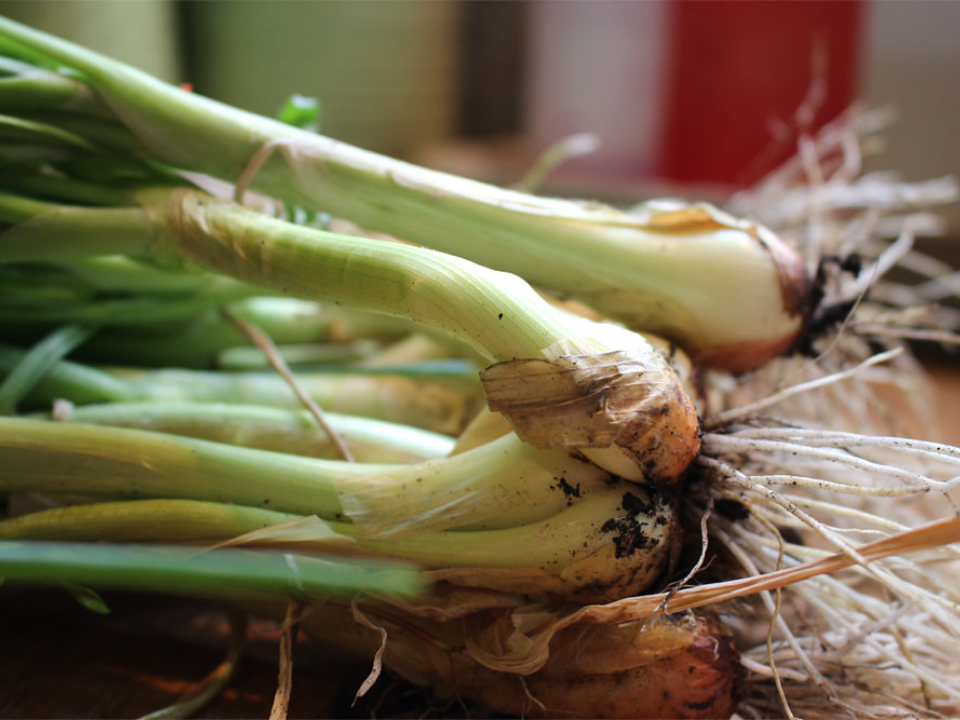
Shallots are a cool-weather crop that grows well in fall, producing mild, sweet bulbs that are perfect for cooking. They prefer well-draining, fertile soil and thrive in temperatures between 55°F and 70°F. Shallots are typically planted in late summer to early fall, allowing them to develop their full flavor during the cooler months.
Shallots have a mild onion-like flavor and can be used in salads, sauces, dressings, or as a garnish for various dishes. They are rich in antioxidants, vitamin C, and fiber, making them a healthy addition to your meals. Shallots can be harvested in late fall once the bulbs have matured, and they store well, allowing you to enjoy them long after the harvest. Their sweet, delicate flavor adds depth to any dish, especially in fall recipes.
This article originally appeared on Avocadu.
